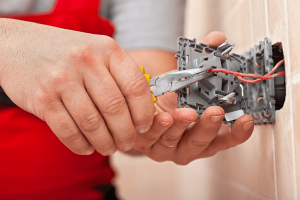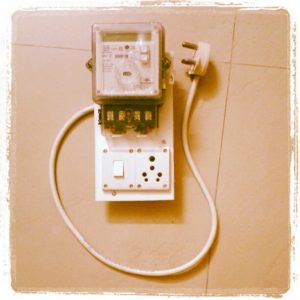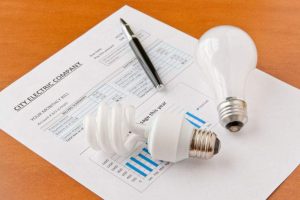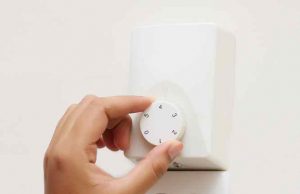What are single phase and three phase connections and how to choose between the two?
A few days back a friend asked: “My society is going for three phase connection, should I go for it? What impact will it have on my bills and also what is the benefit of using three phase connection?” He has 2 ACs and everything else that a regular upper middle class family would have in his house. His was a single-phase connection and everything was working fine. So the doubt about going for a three-phase connection was obvious. We suggested him to continue with his single-phase connection and we gave following explanation to him:
What are single phase and three phase connections?
Most of us know that in the world of electricity, current through the wires carries electricity that light our bulbs and run our appliances. The type of current that is supplied from the electricity grid is Alternating Current (or AC). In a single-phase supply, a single alternating current is supplied through a single wire, whereas in a three-phase system 3 wires carry alternating current with a definite time offset in between the voltage waves.
In India a single-phase supply is a 230V supply through two wires ( one called phase and another neutral) and 3-phase supply is 415 V supply through 4 wires and in the house, the line can be divided to give 230V (by selection any one phase and another neutral) at an individual point. The basic difference between the two is that a three-phase connection can handle heavy load while a single-phase cannot.
To give an analogy to help you understand the difference, let’s take an example of a highway. If the highway is a single lane highway, only a few two-wheelers may go on it in parallel, or if we try to squeeze, we may put two cars running in parallel. But beyond that things will not move, whereas if we have a 3-lane highway, a lot of vehicles can move together in parallel. Even on a single-phase highway, the number of vehicles that can run together also depends on the size of vehicles. A car and a two-wheeler may easily go in parallel on a single-lane highway, but a truck may just have to be left alone.
Similarly, consider single-phase as a single lane highway and three-phase as a multilane highway. There is a limit to the load that a single phase can handle and typically that number is set to 7.5 kW (or 7500 watts or 10 Horse Power) (but varies from state to state). So if the sum of wattage of all the appliances that you are running at a time is more than 7.5 kW, then you need a three-phase connection. And you can get to 7.5 kW if you have three 1.5 ton ACs and a water heater all running together. Or you have a machine that has a motor that is more than 10 HP. If the load is less than 7.5 kW, then a single-phase connection can easily handle it.
Note: A lot of people have a misconception that Air Conditioners require a three-phase connection. Which actually is not true because all ACs have motors designed to run on single-phase. Only if you have more than 3 ACs that are all in use together you may need a three-phase connection.
But I have a three-phase connection and my electricity distribution company assigned me that?
After reading the above explanation, a few people may think that I do not run so many ACs together, then why has my distribution company assigned me a three-phase connection? Well, it is quite interesting to note, that in North America, as a rule, three-phase connections are meant only for commercial and industrial connections and residential connections are always assigned single-phase connections. But in India, we have observed with most distribution companies that if the residential connected load is more than 5-7 kW, they assign a three-phase connection to that house. And the typically connected load is evaluated by assuming that a certain percentage of all the appliances in your house will run together. So if you have 3 ACs and few water heaters and even if you do not run them together, a three-phase connection will be assigned to you. The reason for that is, in case you run them together, it will have the potential to bring down the electricity distribution system.
Are there any benefits of three-phase connection?
The benefit that a three-phase connection provides is that it gives the flexibility to divide the load in a setup into three different phases. So for example if there are three Air Conditioners, then each can be set up on each of the phases, thus not putting excess load on any one phase. In case one of the phases fails due to a fault at the distribution point, the other two phases keep running and this prevents complete blackout of the setup. So in your house, if you have three rooms connected to each phase, then even if one phase fails from the electricity distribution transformer, only one room will not have electricity, but the other two will continue running.
The places where the power supply had many load sheddings, connect inverter output to one phase for feeding the essential loads of the house and other phases carry the balance load of the house.
What are the extra charges associated with a three-phase connection
Typically it is observed that if the connected load in a house is more than 5-7 kW, electricity distribution companies put a three-phase connection in the house (to know more about connected load check this link: Impact of Connected Load on Fixed Charges in Electricity Bills). And obviously, as it offers extra load, there are charges associated with a three-phase connection. First and foremost, as the connected load provided to the house increases, so the fixed charges on the electrical connection may increase. Also, three-phase meters are different from single-phase meters, so the meter needs to be replaced. In some states, utilities have monthly meter rent, whereas, in others, there is an upfront charge for the meter. So the change of meter will cause either an upfront charge of changing it or will change the meter rent on your bills.
Some people believe that to change to three-phase connection, they need to change the wiring in the house. Please note that this is not required. Your existing wiring can handle the three-phase connection and there is no need to spend on changing the wires.
Note: A change in connection from single-phase to three-phase will not increase energy charges on your electricity bill. So the number of units of electricity you consume will remain the same (because they depend on the wattage of your appliances and not on the electricity connection).
Conclusion
Typically a residential connection should not require a three-phase connection, as most appliances that are used in a household do not need such a connection. But if there are a lot of heavy appliances in a house, then utilities might suggest going for a three-phase connection. Three-phase connection comes for an extra cost, so one certainly needs to evaluate if that is really required.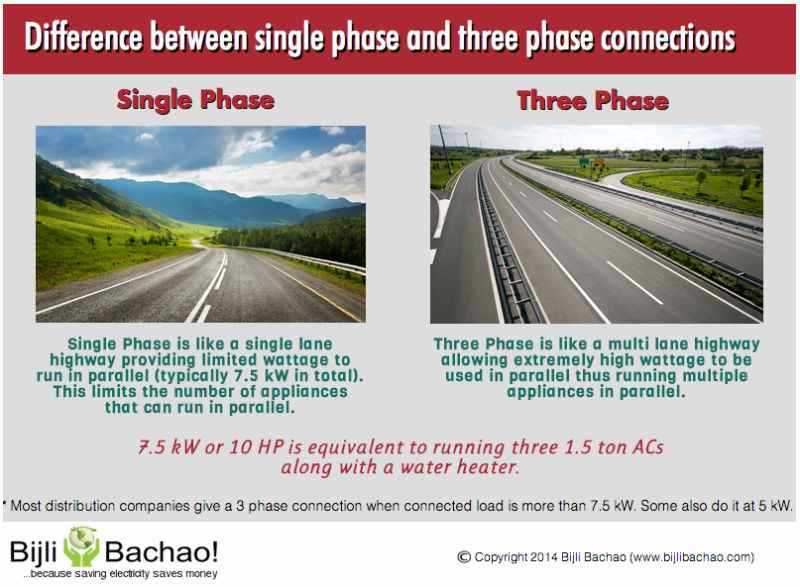
About the Author:
Abhishek Jain is an Alumnus of IIT Bombay with almost 10 years of experience in corporate before starting Bijli Bachao in 2012. His passion for solving problems moved him towards Energy Sector and he is keen to learn about customer behavior towards Energy and find ways to influence the same towards Sustainability. More from this author.

